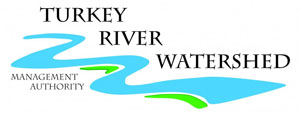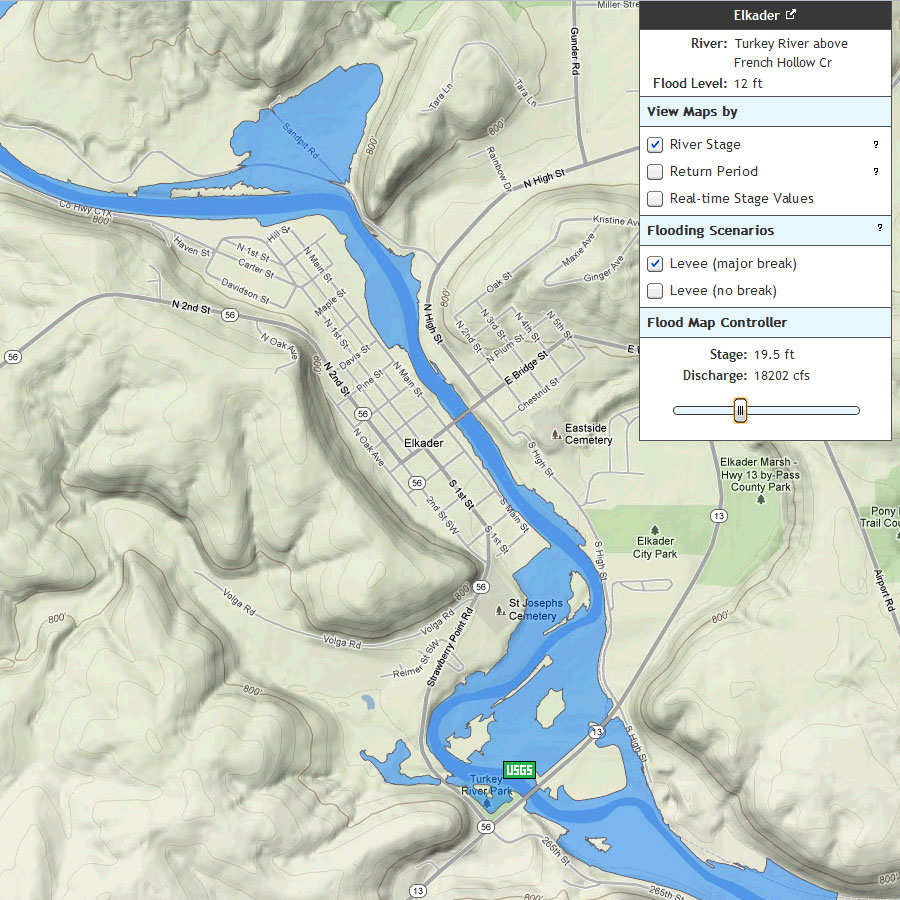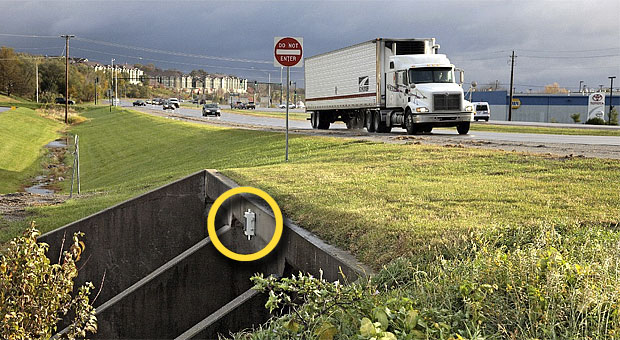Iowa Flood Center DRAFT Hydrologic Report for the Turkey River Watershed
See the DRAFT report from the Iowa Flood Center for results from their hyrdologic modeling of the Turkey River Watershed:
PhaseI Hydrologic Assessment Turkey River Watershed
Related Images:… Read more ›



